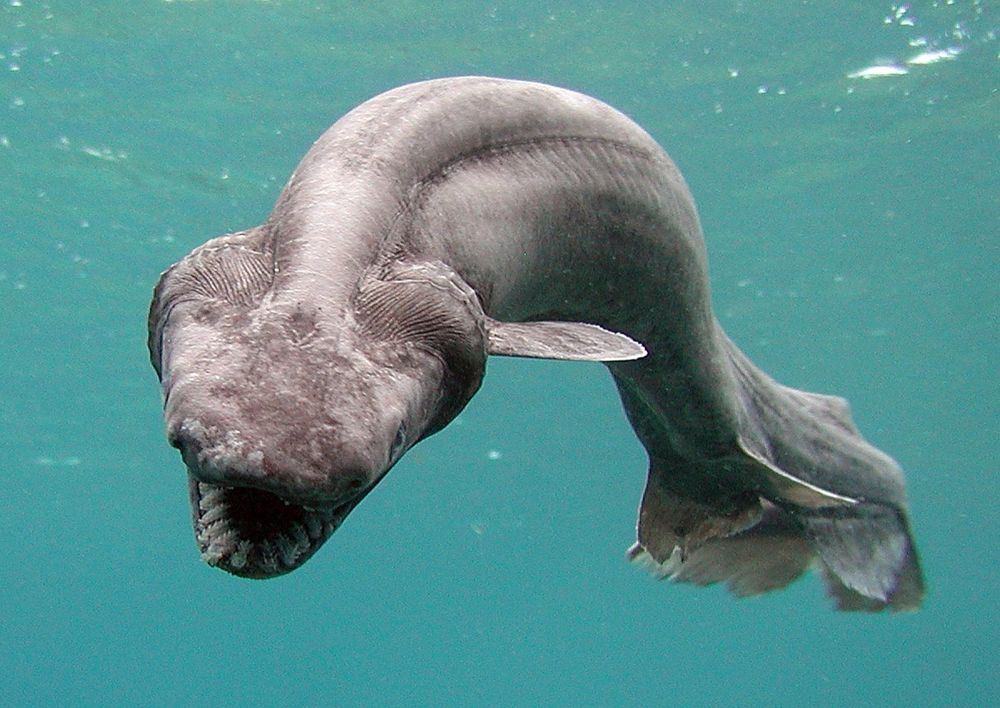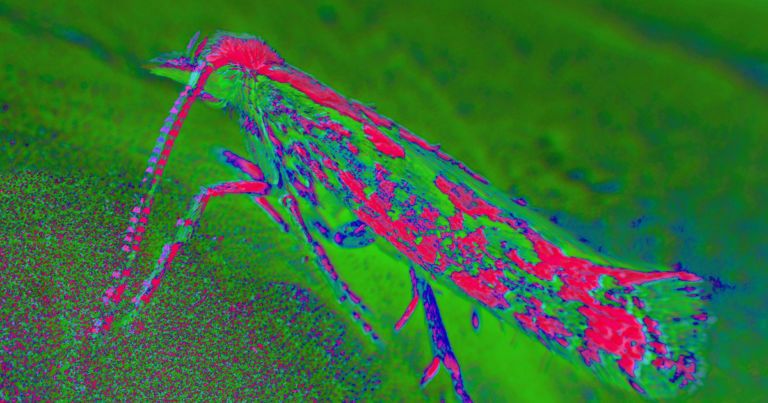
An expert warned that Earth might experience a mini ice age when the Sun hibernates due to its solar minimum cycle. According to the expert, the Sun’s hibernation and extremely cold weather could last for over three decades.
The solar minimum is a period in the Sun’s solar cycle that occurs every 11 years. During the solar minimum, sunspots on the Sun’s surface diminishes, leading to a weaker output from the massive star. On the other hand, during a solar maximum, the Sun emits more energy as its sunspots increase.
According to Valentina Zharkhova, a professor at Northumbria University’s department of mathematics, physics and electrical engineering, the Sun is about to enter a Grand Solar Minimum this year, which is like an extended version of the solar minimum. Instead of lasting for only a couple of years, the Grand Solar Minimum could extend for 33 years.


















